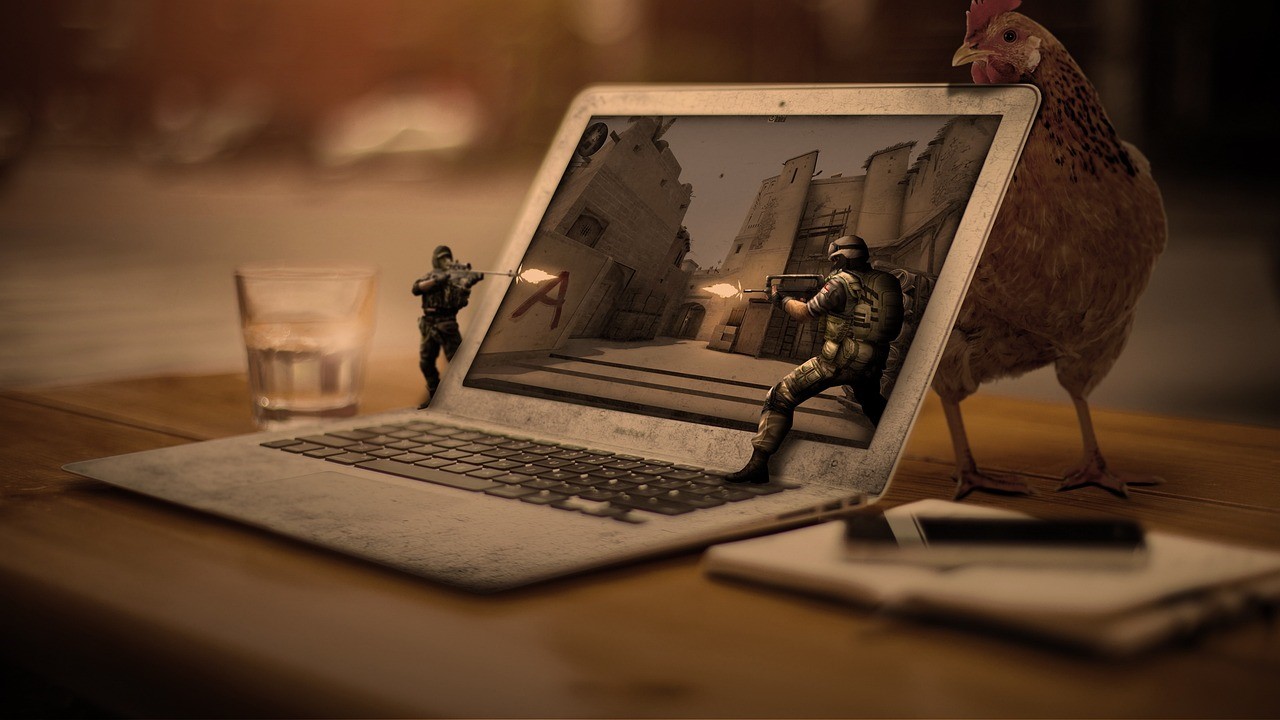Latest News
What Is CSGO Skin’s Wear and Its Different Wear Levels?

It’s hard to develop a well-liked game with a sophisticated trade system, but it takes skill to make it last and to produce a rotation of things that motivates players to play and spend money on the same game. For CSGO, skins have become a catchphrase, and some players prefer collecting them to actually playing the game. For playing CSGO frequently, players can earn skins. When you complete an official server match or level-up, you have a slight chance of receiving either a naked weapon skin or a skin case. Those who can’t wait for immediate enjoyment can use the market to purchase skins from other players to trade rust skins – skinsmonkey.com.
What is CSGO Skin Wear?
When determining a skin’s price, whether it is being traded, bought, or sold, there are several factors to consider. ‘Wear’ is one of these crucial features. The physical characteristics and state of a cosmetic within the game are as the name says. It directly contributes to determining the float value of a specific skin, which in turn influences its price.
Understanding Skins Wear
In CSGO, skins wear refers to the degree of damage or usage a skin has endured over time. Each skin has a wear level that affects its appearance, ranging from factory-new (FN) to battle-scarred (BS). This wear level is represented a float value between 0 and 1, with 0 being the best condition (FN) and one being the worst (BS). By examining a skin’s wear level, players can determine its quality and desirability.
Different Wear Levels
Factory New (FN):
Skins with a factory-new wear level have little to no visible wear, providing the cleanest pristine appearance. These skins are highly sought after and typically command higher prices in the marketplace due to their appealing aesthetics.
Minimal Wear (MW):
Minimal-wear skins have a slightly higher wear level than factory-new skins but still maintain their visual appeal. They may exhibit minor scratches or abrasions but retain vibrant colours and sharp details. Although not as valuable as factory-new skins, minimal-wear skins are still desirable and favoured by many players.
Field-Tested (FT):
Field-tested skins show moderate wear, featuring noticeable scratches, minor dents, and other signs of use. They have a somewhat worn-out appearance but remain reasonably attractive. Field-tested skins are more common and often come at a more affordable price than factory-new or minimal-wear skins to trade rust skins – skinsmonkey.com.
Well-Worn (WW):
Well-worn skins exhibit considerable signs of wear and tear, such as deeper scratches, faded colours, and worn edges. While they may not be as visually appealing as the previous wear levels, they can still appeal to budget-conscious players or collectors who appreciate the battle-hardened aesthetic.
Battle-Scarred (BS):
The highest wear level, battle-scarred skins, have extensive damage and wear. These skins bear noticeable scratches, faded colours, and significant wear on multiple areas. While battle-scarred skins may not be visually appealing to many players, they often come at the lowest price point, making them affordable options for those on a tight budget.
Implications of Wear Levels
Factory new and minimal-wear skins are generally more desirable and command higher prices due to their pristine appearance. On the other hand, field-tested, well-worn, and battle-scarred skins are more common and often less expensive. The wear level also plays a role in the skin’s float value, a more precise numeric representation of the wear. The float value helps determine the exact condition of the skin and can influence its trading or selling value. Skins with float values closer to 0 (closer to factory new) are often more valuable than those closer to 1 (closer to battle-scarred).
Kenneth is a proud native of sydney, born and raised there. However, he pursued his education abroad and studied in Australia. Kenneth has worked as a journalist for almost a decade, making valuable contributions to prominent publications such as Yahoo News and The Verge. Currently, he serves as a journalist for The Hear Up, where he focuses on covering climate and science news. You can reach Kenneth at [email protected].










